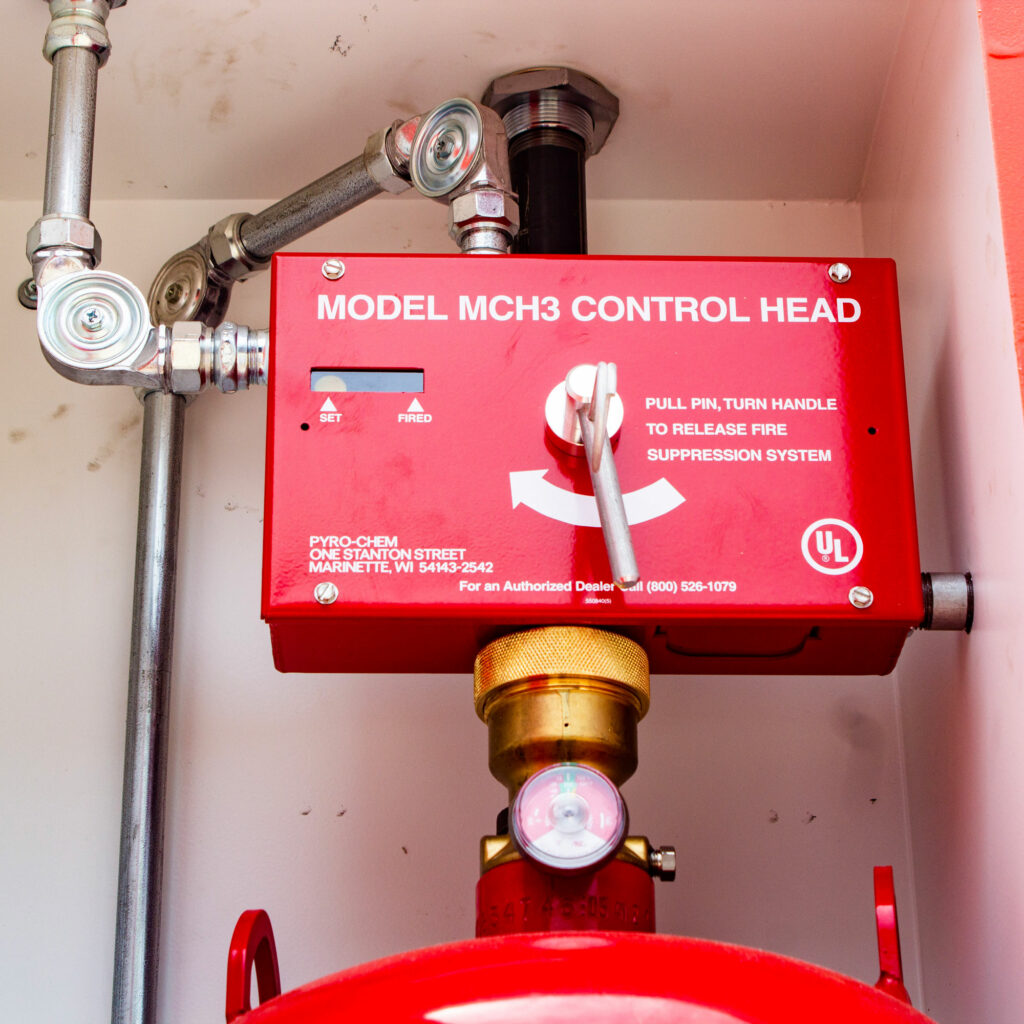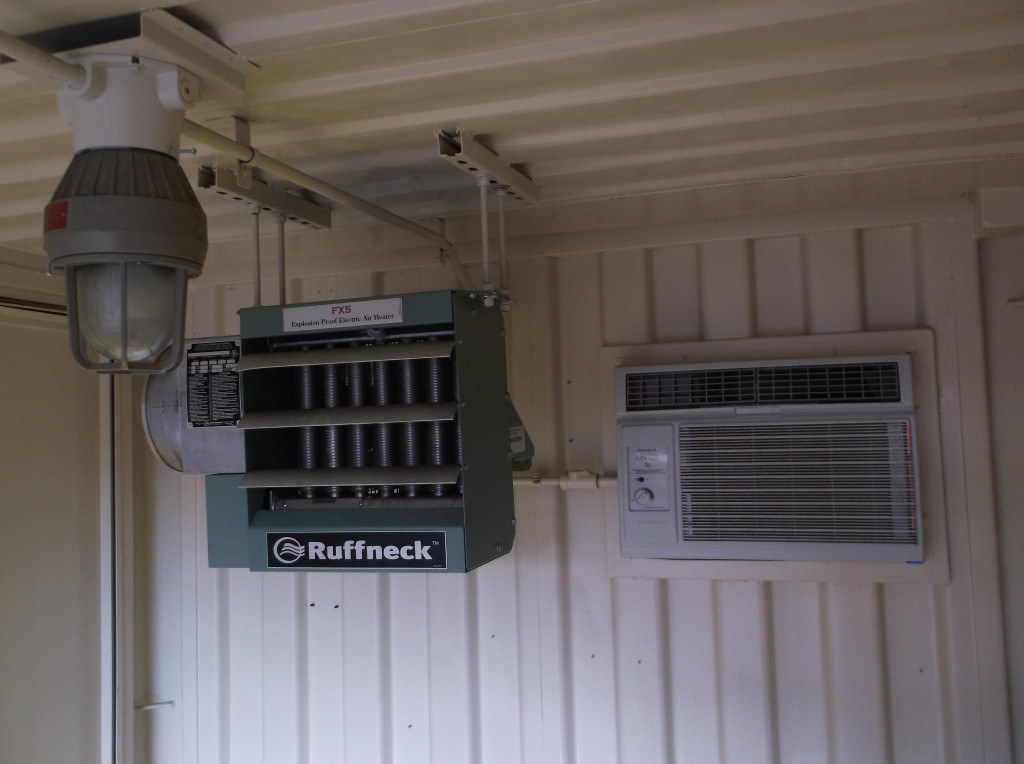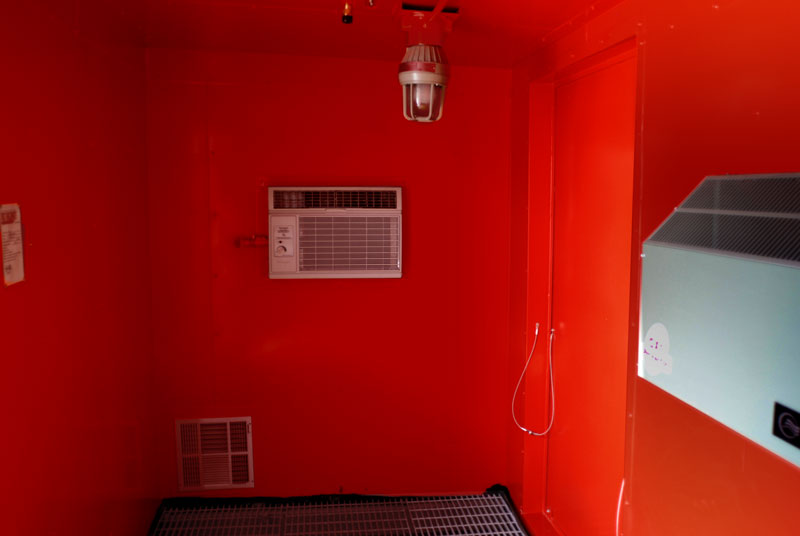Chemical incidents invariably exude chaos. Each unexpected chemical emergency begins the same: a surprising discovery of leaking chemicals devolves into pandemonium as hazmat crews spring to action. With fast-breaking news almost conditionalizing the prospect of chemical mishaps nationwide, each critical hazmat emergency can still catch the vigilant off-guard. At the crux of every chemical incident is the predominance of negligence. Chemical incidents come on like a bomb’s slow-burning fuse, unlike the crashing sound of dominoes that befall most disasters. Although dress rehearsals and emergency response plans will mitigate, if not outright prevent, most hazardous materials incidents and dangers persist, and catastrophe is never more than a few headlines away.
Chemical Incident Rocks Rhode Island University
Bryant University officials got a late crash course in chemistry following a hazmat response earlier this week. An unknown breach compromised a “small amount of contained chemicals” in a classroom lab, prompting a quick evacuation of students and staff. While university officials downplayed the evacuation as a precautionary measure, the amelioration did little to assuage the frazzled nerves of students. Each hazmat response comes at a price – even if it’s later determined to be a false alarm. Taxpayer dollars foot the bill of hazmat cleanup crews, regardless of the outcome. Universities and businesses at the site of the incident can incur reputational damage, as prospective students and customers might second-guessing attending a potentially dangerous institution.
Cleaning Up Messy Negligent Storage Practices

Chemical incidents at universities are rising nationally. A similar chemical incident at a St. Louis university prompted a mass exodus of science department students following a chemical lab spill. A patrolling janitor alerted school administrators of the danger after smelling fumes from a nearby classroom lab. While school officials have yet to identify the unknown chemical or responsible party, the negative publicity could be detrimental. University officials will also revisit the science complex’s chemical storage protocols. While no precautionary measure can reduce the chances of chemical incidents to zero, investing in compliant chemical protection can mitigate most residual damages.
Our chemical storage lockers can prevent small spills and leaks from becoming more significant incidents. Our larger chemical storage buildings resemble Conex boxes but come with additional safety measures. Comprised of solid steel paneling, each locker is up to the task of superior site protection. We don’t take chemical safety lightly. Standard spill sump containment systems are affixed to the bottom of each locker. These sumps act as catch basins for leaky chemicals. The steel grated flooring allows compromised chemicals to fall safely into the sump until safe extraction. As an environmental safety manager, it’s your job to protect dangerous chemicals from vulnerable staff. Our chemical storage lockers can protect large quantities of chemicals in any industrial setting without interrupting workflow operations. Contact us today for a free quote and consultation!
Each Chemical Storage Locker is Built for Safety. Optional Fire Suppression for Each Locker Can Prevent Most Fires. Explosion Relief Panels Can Confine Most Chemical Incidents. Climate Control and Ventilation Preserves Chemical Stockpiles.









